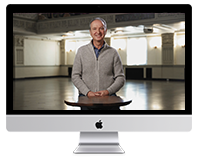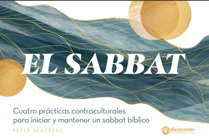Taize and Ash Wednesday
On Wednesday night this week, at 7 pm, New Life will host a Taize, Ash Wednesday service. I have been praying and pondering this possibility for over eight years. In the summer of 2004, Geri and I, along with our four daughters, spent a week in Taize, France with a monastic community of about 90 men. About 5000 young people from Orthodox, Protestant and Roman Catholic backgrounds also participated. I learned3 simple, powerful truths that week: 1. There is only one church and it consists of people from all three main branches of Christianity – Orthodox, Roman Catholic and Protestant. Brother Roger, a Lutheran pastor, founded Taize during World War 2 to be a prophetic sign in the midst of the Orthodox, Roman Catholic, and Protestant Christians killing each other on an unimaginable scale. What unites us is a personal faith in Jesus Christ and a commitment to Scripture as outlined in the Nicene Creed. This. Read more.






